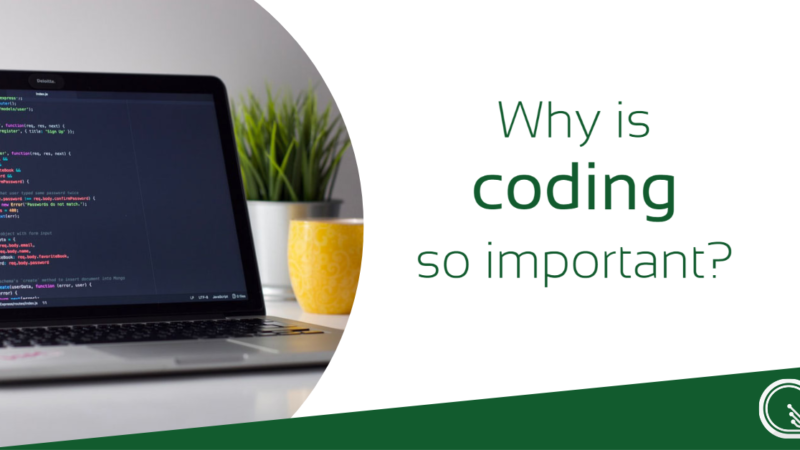10 Tips for Writing a Synthesis Essay

All students have heard the word “synthesis”, which is commonly used in chemistry. Nonetheless, it’s also one of the essay types. A synthesis essay is a combination of different ideas gathered from different information resources. A researcher should synthesize them, define what’s in common, and plainly explain to his/her readers.
Undoubtedly, this assignment is one of the most complicated academic papers. Many students cannot withstand this challenge and so, seek professional assistance. Experienced students know that www.domyessay.net is a worthy online writing service that can do any assignment perfectly and on time. Nonetheless, you should not give up that easily because using our 10 smart tips, you’ll understand how to write a perfect synthesis essay on your own.
Understand the Prompt
Firstly, try to understand the initial prompt given in the assignment. It contains some short instructions that clarify what you’re supposed to do. Read that prompt carefully to make sure you know what your synthesis essay should be like. Pay close attention to the following words:
-
Define;
-
Evaluate;
-
Explain;
-
Criticize;
-
Argue;
-
Analyze;
-
Prove;
-
Justify
-
Compare
-
Contrast, etc.
Select the Right Resources
A synthesis essay is an assignment, which is based solely on information resources. Your task is to use only credible websites. Amongst such are the ones that end with the address .edu, (educational), .gov (governmental), and .org (non-commercial). These websites provide up-to-date information, which exists in the forms of:
-
Studies;
-
Statistics;
-
Surveys;
-
Scientific articles, etc.
No matter what topic you research, you must make sure the evidence is trustworthy. Otherwise, the whole project will be meaningless. Your readers expect from you honest and relevant facts.
Study the Evidence
Your next step is to read the facts you’ve managed to gather. Don’t just briefly review them and choose the most appealing facts. Analyze what you read to be sure those facts fully clarify your main message and are beneficial for the topic.
Take Logical Notes
After you get through your evidence, take smart notes. It’s difficult to keep many facts in the head. You should likewise decide where and how to implement them into the text. Therefore, divide your notes into some logical categories according to the studied topic. These may be:
-
Official studies;
-
Non-official viewpoints;
-
Experts’ opinion;
-
Surveys;
-
News, etc.
Craft a Thesis Statement
Once you concretize all the arguments, write your thesis statement. This is the “heart” of your essay and so, it’s supposed to be straight to the point, clear, and strong. It should clearly explain the purpose of your synthesis essay and why you’ve chosen a certain topic. All the following parts will be built depending on your thesis statement. Therefore, formulate it with great caution. You may even create a “working” variant. Oftentimes, writers reshape it after they complete the whole essay because the outcomes may be quite unexpected.
Create an Outline
It’s necessary to write a clear outline, which will organize your writing. It contains three main parts of any essay. These are:
-
Introduction. Provides initial facts about the discussed topic and introduces a thesis statement.
-
Main body. Continues the thesis statement, offering logical development and clear examples.
-
Conclusion. Summarizes the entire essay offering plain outcomes and your personal attitude.
You may likewise set deadlines for each stage. Thus, you’ll be able to control your time more efficiently to never violate the date of submission. Set only realistic deadlines.
Don’t Overcomplicate
Many students stuff their essays with too many facts or the facts, which have no value. They try to cram many ideas in a single paragraph, forgetting that they have more space. You’ll be allowed to write at least three body paragraphs. Use this length to evenly spread the main concepts you have. For example, one sub-thesis stands for one paragraph. Afterward, you should logically and smoothly go to the next sub-thesis and paragraph. Thus, your readers will see a clear sequence of events and facts.
Make It Readable
You should write texts that are pleasant to read. We’ve already told that you should not cram many concepts in a single paragraph. Amongst other essential tips are:
-
Break long sentences into the shorter ones;
-
Avoid acronyms;
-
Don’t overdo with technical terms;
-
Always explain some important terms;
-
Avoid clichés, slang, etc.
-
Don’t overstuff the text with passive constructions;
-
Make smooth and logical transitions;
-
Add bullet lists, charts, diagrams (if allowed), etc.
Write a Clear Summary
The defining part of your synthesis essay is utterly important. Your conclusion should draw the final line to clarify the possible uncertainties. Thus, readers who may not fully understand the arguments of the body paragraphs will be able to synthesize them using your summary. Restate your thesis statement once again but use other words. Show the outcomes you’ve managed to receive and interpret them expressing your personal attitude.
Edit and Proofread
The last stage of writing a synthesis essay is to revise it several times. The stages of editing and proofreading allow for identifying some inappropriate (weak) parts and grammar mistakes. You can apply several methods, including technology. It’s understood that you’ll read it (in the head or/and aloud). Besides, you can implement a smart grammar-checking application, which will scan the text in several seconds while you read. It saves precious time and oftentimes, detects the mistakes you might miss. Most grammar checkers even offer correct variants. Clicking on them, you’ll make instant corrections. Try to memorize those mistakes to avoid in the future.






